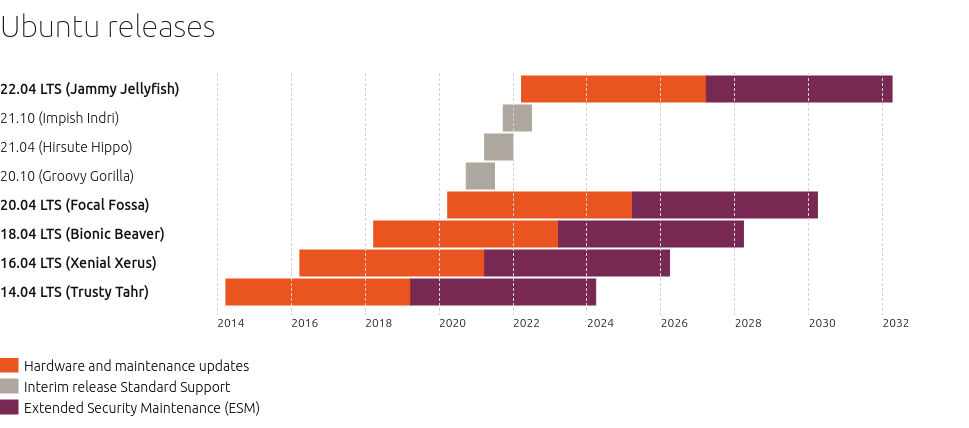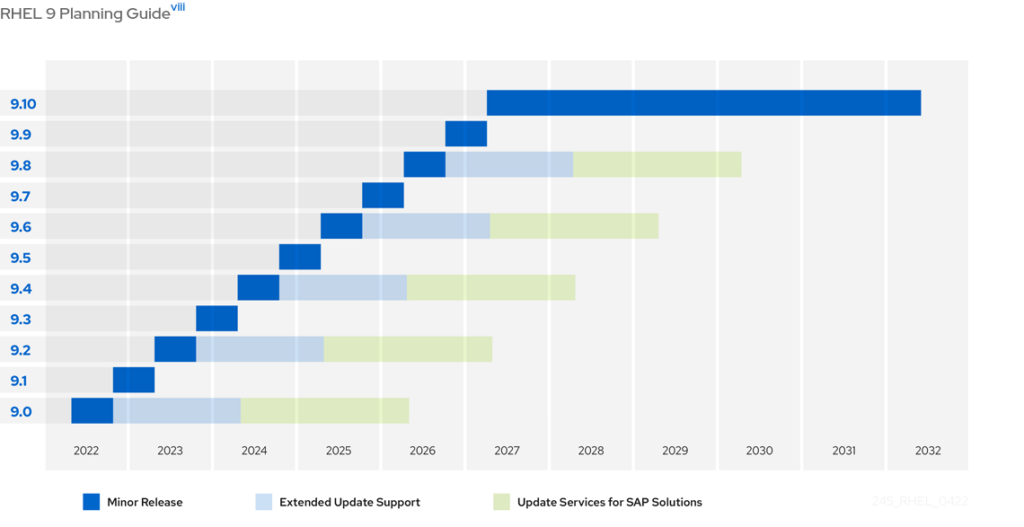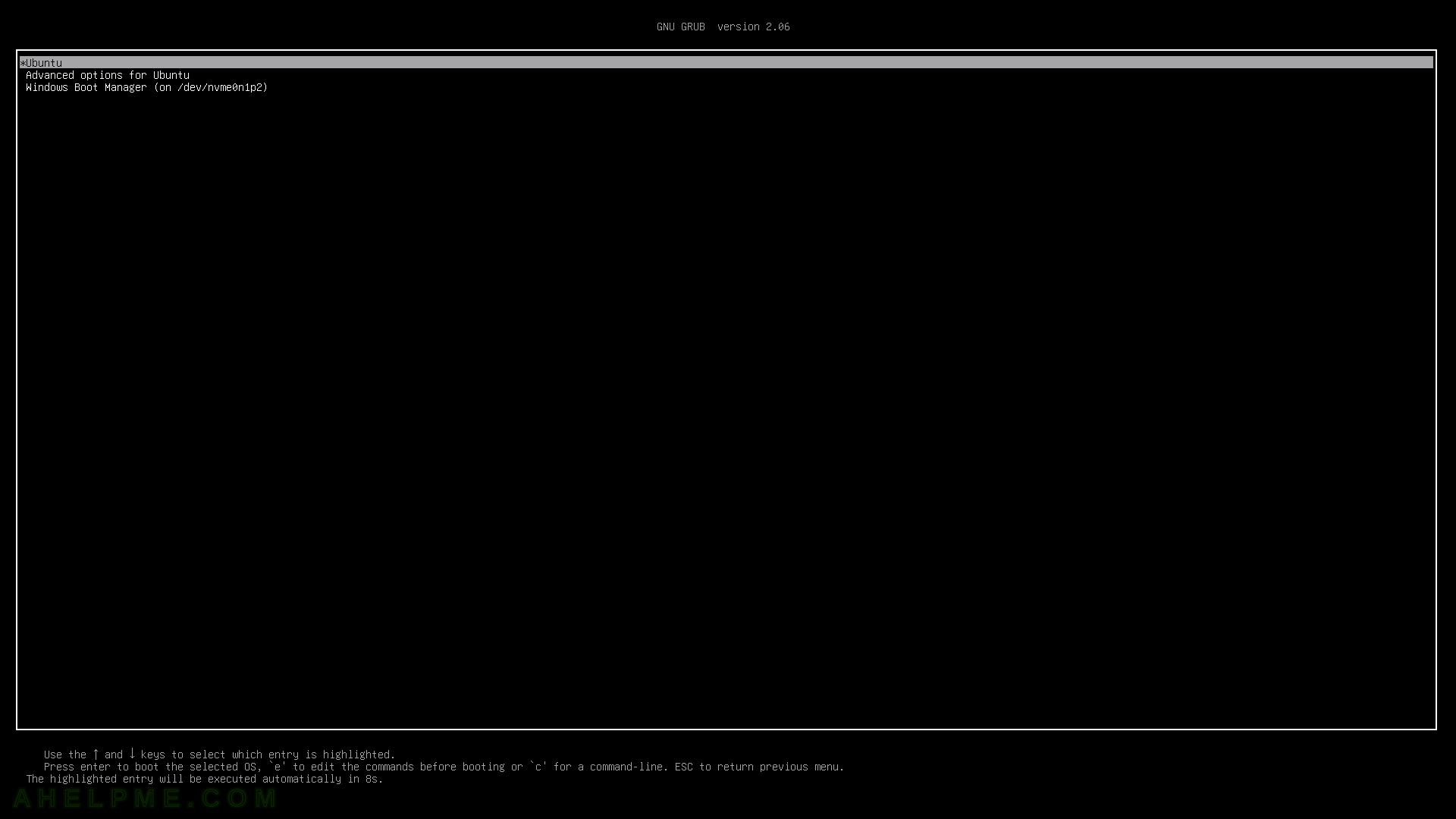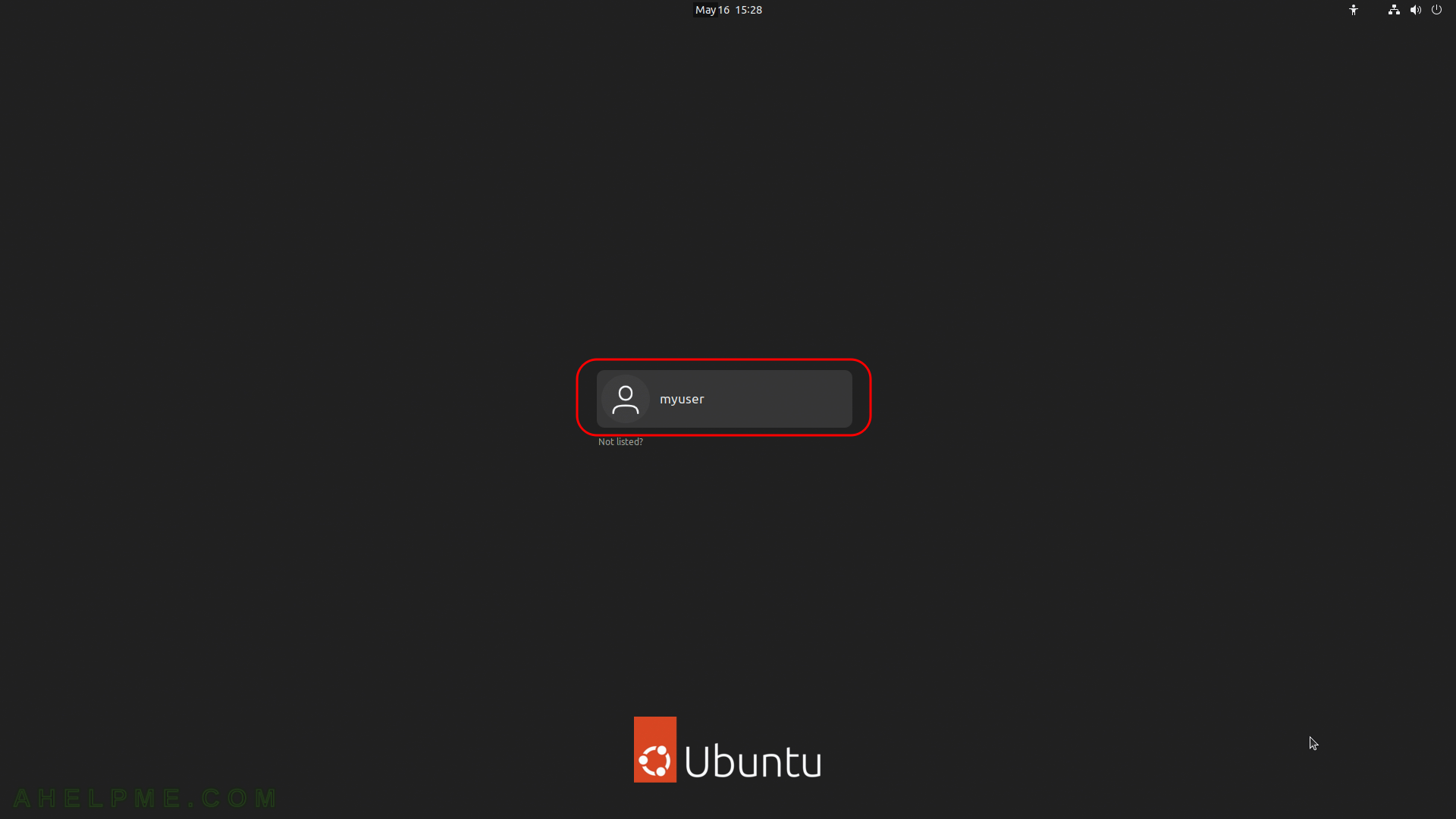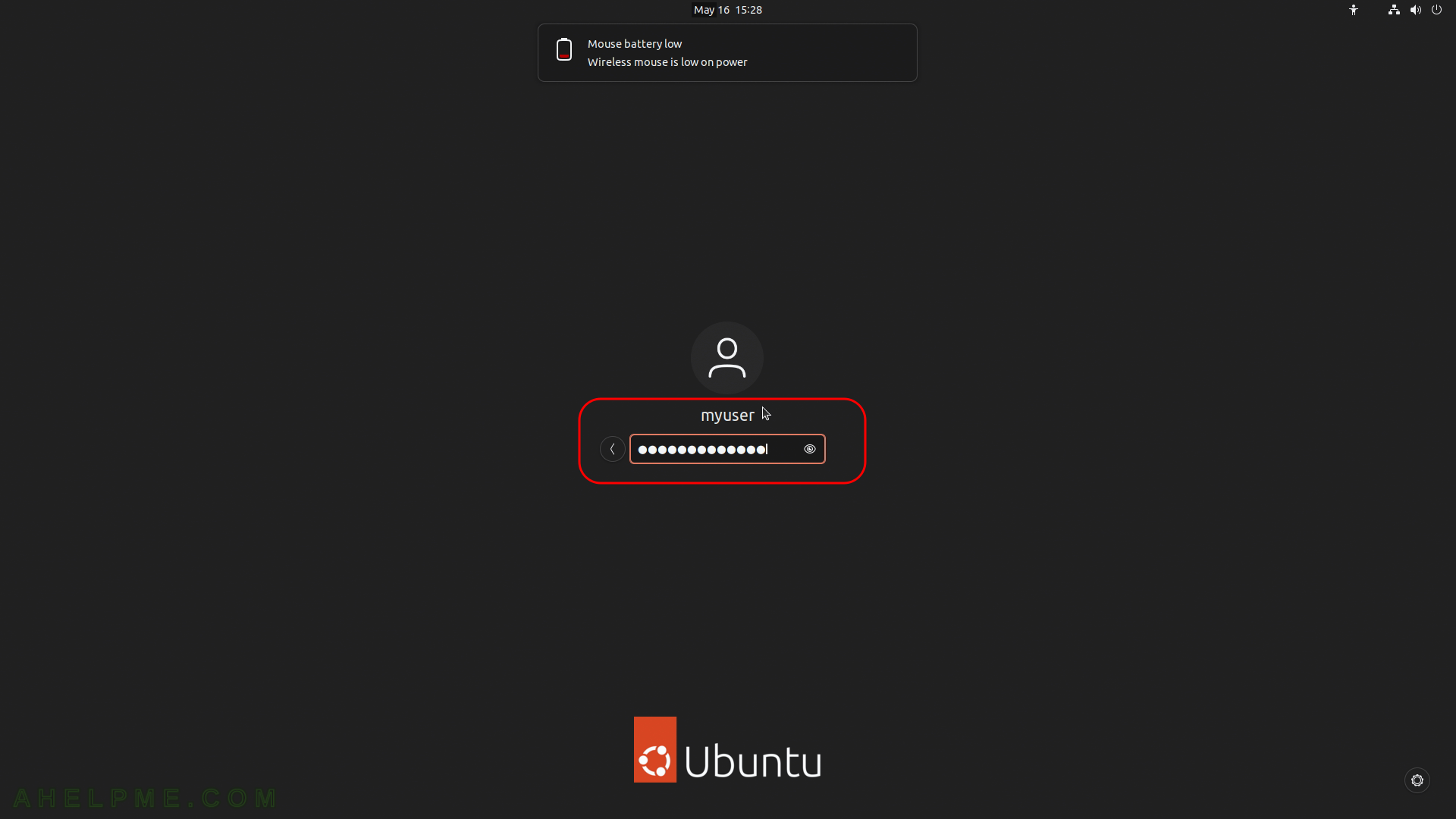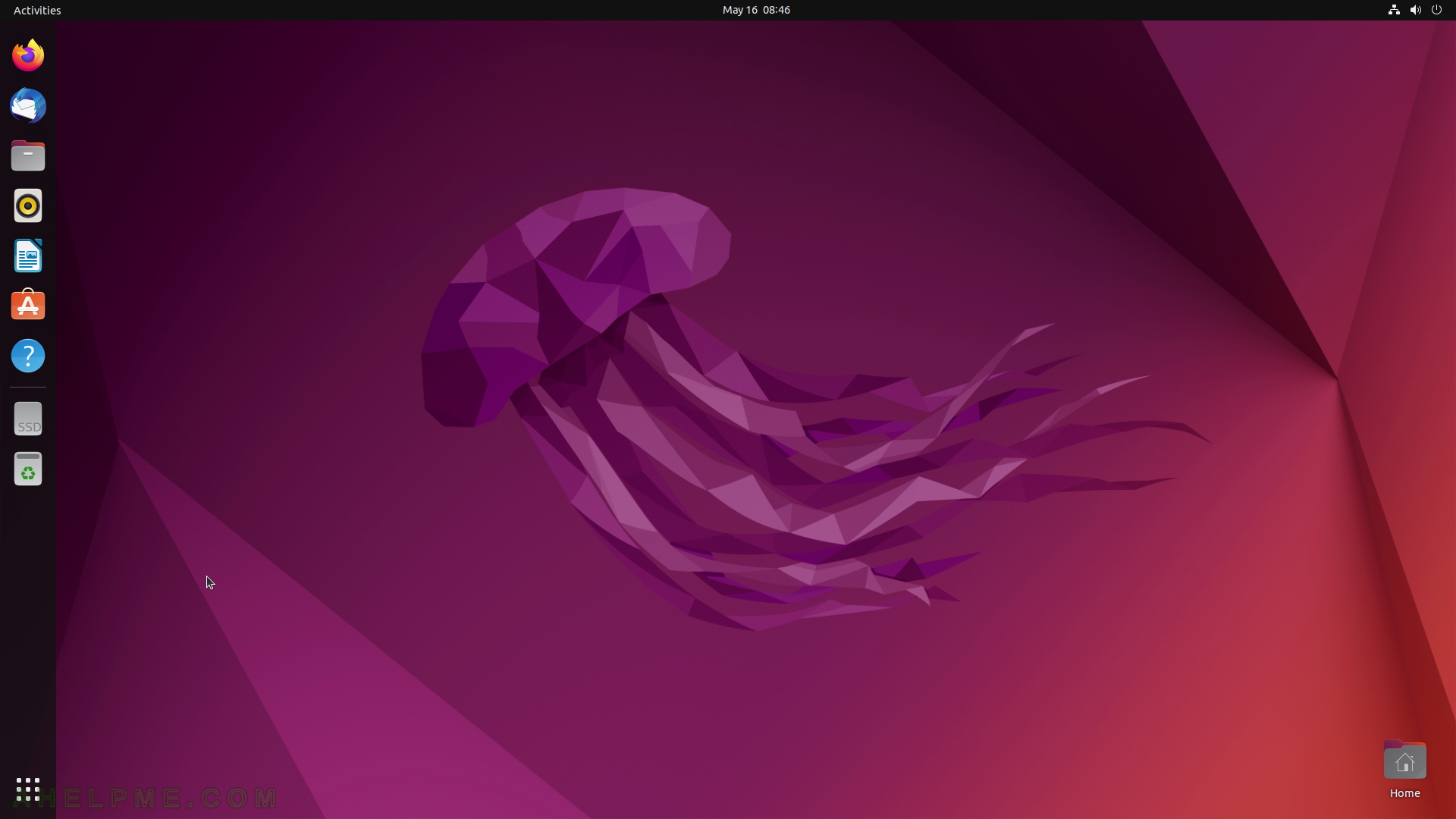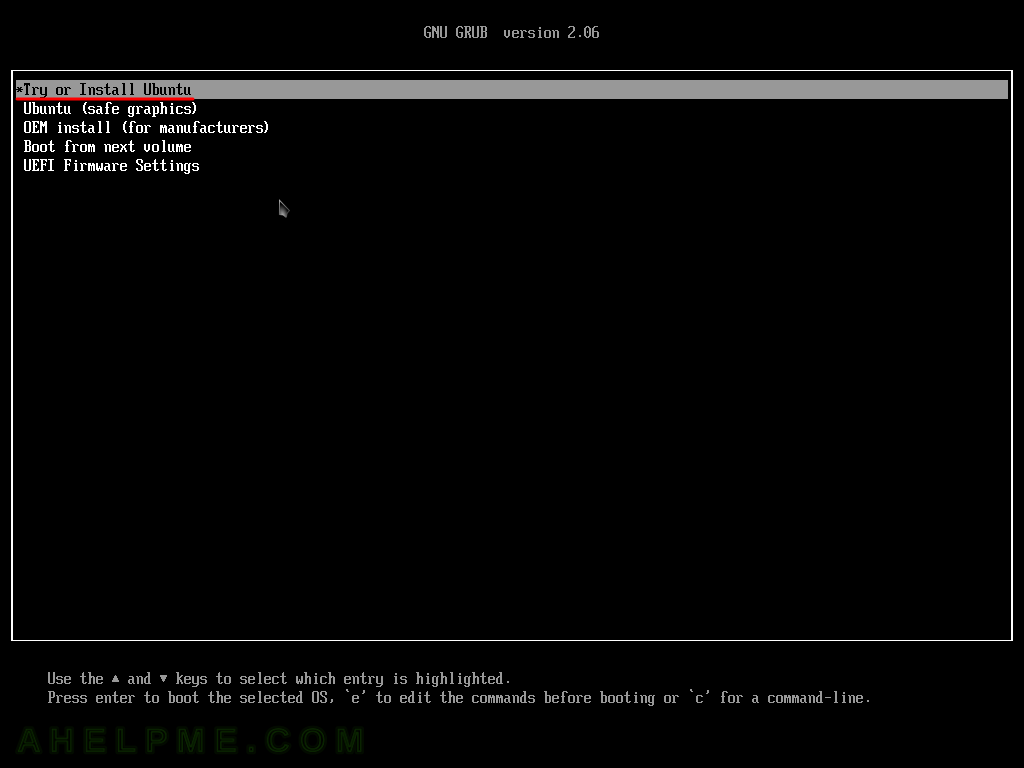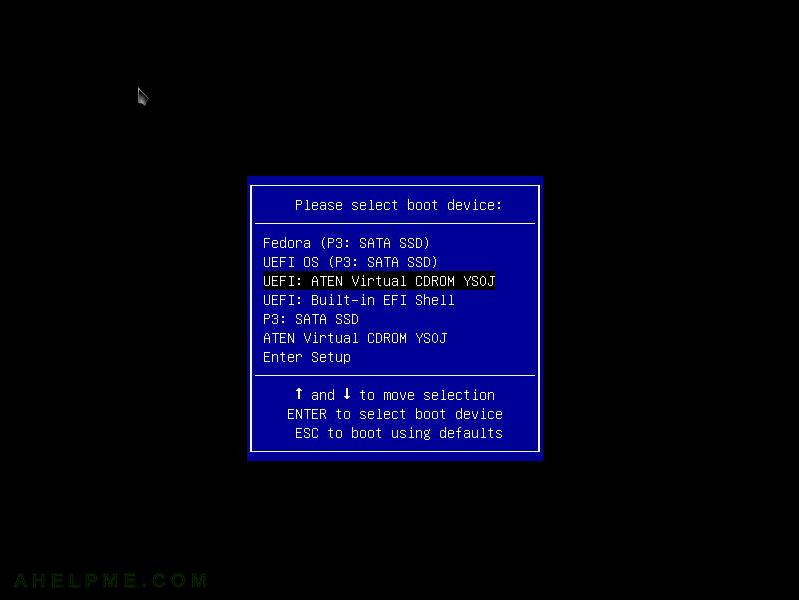This is an updated version of the previous version of this topic – Monitor and analyze with Grafana, influxdb 1.8 and collectd under CentOS Stream 9, but this time for Ubuntu 22.04 LTS. The article describes how to build modern analytic and monitoring solutions for system and application performance metrics. A solution, which may host all the server’s metrics and a sophisticated application, allows easy analyses of the data and powerful graphs to visualize the data.
A brief introduction to the main three software used to build the proposed solution:
- Grafana – an analytics and a web visualization tool. It supports dashboards, charts, graphs, alerts, and many more.
- influxdb – a time series database. Bleeding fast reads and writes and optimized for time.
- collectd – a data collection daemon, which obtain metrics from the host it is started and sends the metrics to the database (i.e. influxdb). It has around 170 plugins to collect metrics.
What is the task of each tool:
- collectd – gathers metrics and statistics using its plugins every 10 seconds on the host it runs and then sends the data over UDP to the influxdb using a simple text-based protocol.
- influxdb – listens on an open UDP port for data coming from multiple collectd instances installed on many different devices. In this case, a Linux server running Ubuntu 22.04 LTS.
- Grafana – an analytics and a web visualization tool. A web application, which connects to the InfluxDB and visualizes the time series metrics in graphs organized in dashboards. Graphs for CPU, memory, network, storage usage, and many more.
- nginx to enable SSL and proxy in front of the Grafana.
The whole solution uses the Ubuntu 22.04 LTS server edition distro. Installing the Ubuntu 22.04 LTS is a mandatory step to proceed further with this article – Installation of base Ubuntu server 22.04 LTS
The UDP influxdb port should be open per IP basis and web port of the web server (nginx) is up to the purpose of the solution – it can be behind a VPN or openly accessible by Internet.
STEP 1) Install additional repositories for Grafana, InfluxDB and collectd.
collectd is part of the Ubuntu official repositories. Grafana and InfluxDB maintain their official repositories. Here is how to install them.
Add the InfluxDB repository by first, importing the key of the InfluxDB repository and add the URL of the repository in /etc/apt/sources.list.
myuser@srv:~$ sudo curl -sL https://repos.influxdata.com/influxdb.key | sudo apt-key add - Warning: apt-key is deprecated. Manage keyring files in trusted.gpg.d instead (see apt-key(8)). OK echo 'deb https://repos.influxdata.com/debian stable main' > /etc/apt/sources.list.d/influxdata.list
Then, repeated the same procedure with the Grafana repository:
myuser@srv:~$ sudo curl -sL https://packages.grafana.com/gpg.key | sudo apt-key add - Warning: apt-key is deprecated. Manage keyring files in trusted.gpg.d instead (see apt-key(8)). OK echo 'deb https://packages.grafana.com/oss/deb stable main' > /etc/apt/sources.list.d/grafana.list
Execute apt update to include the available file packages from all repositories including the ones:
apt update

